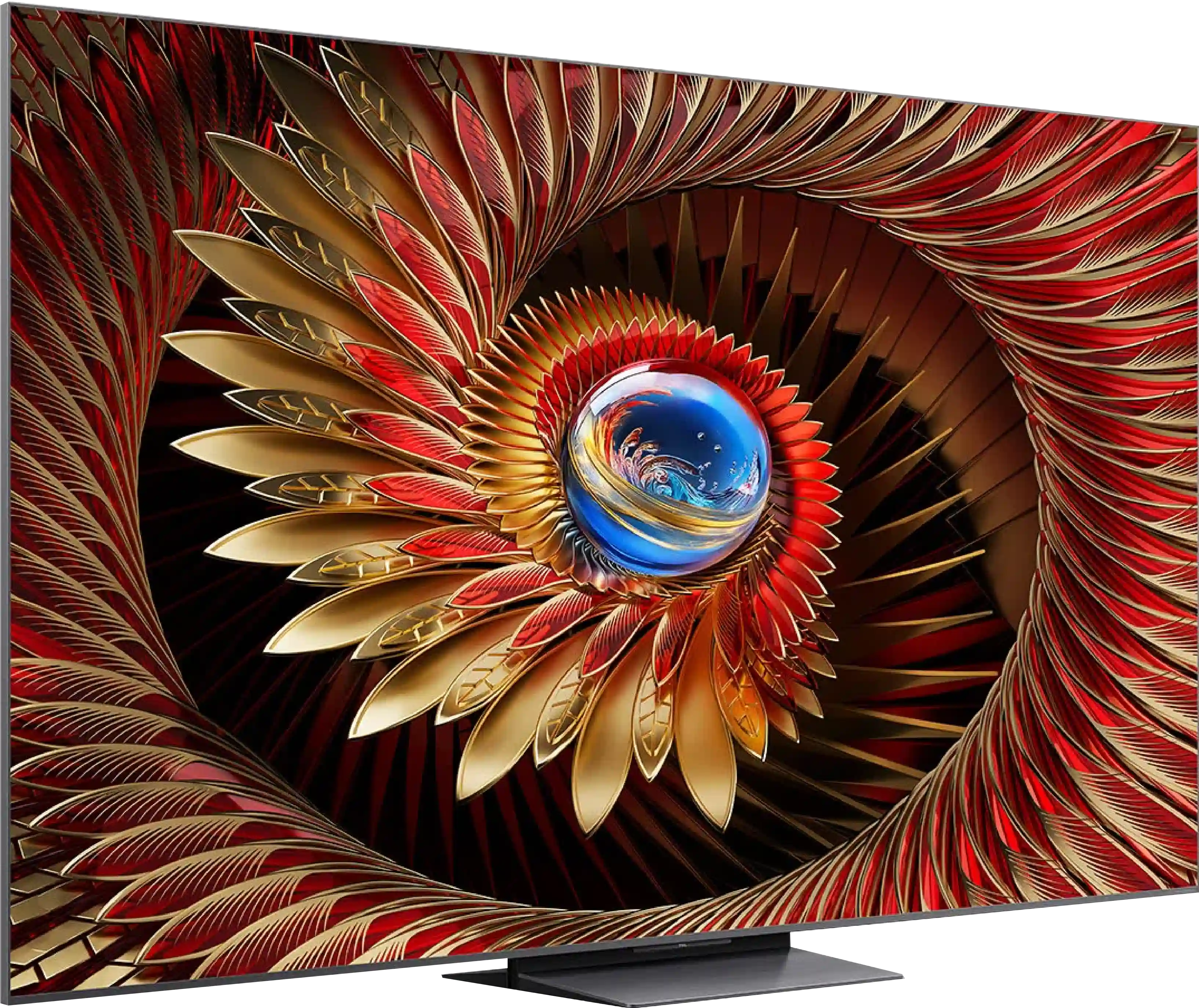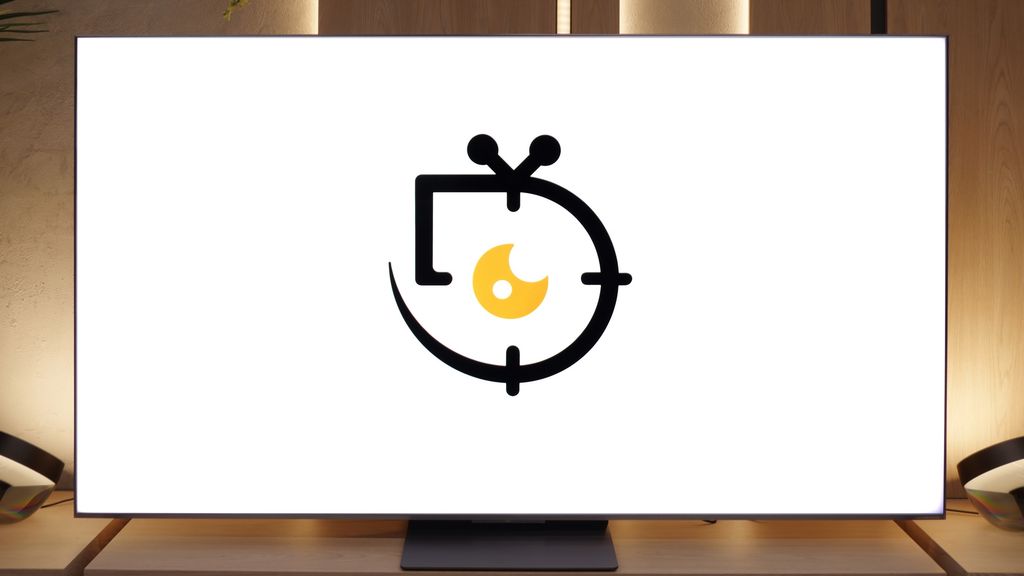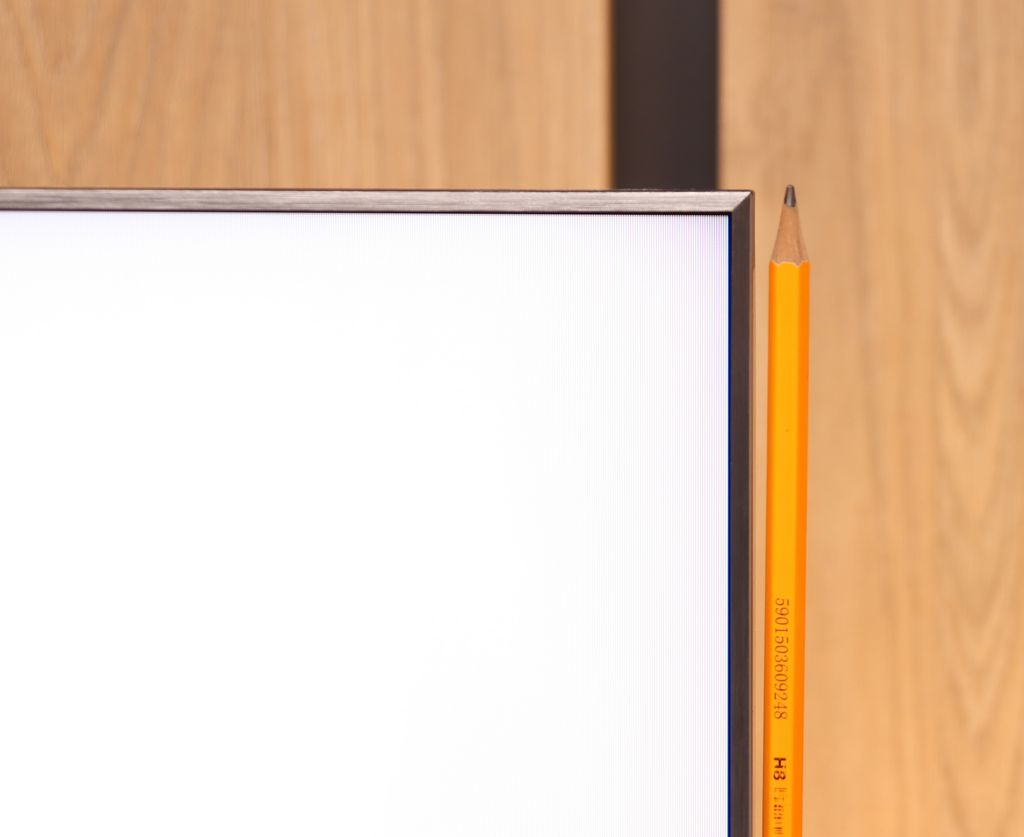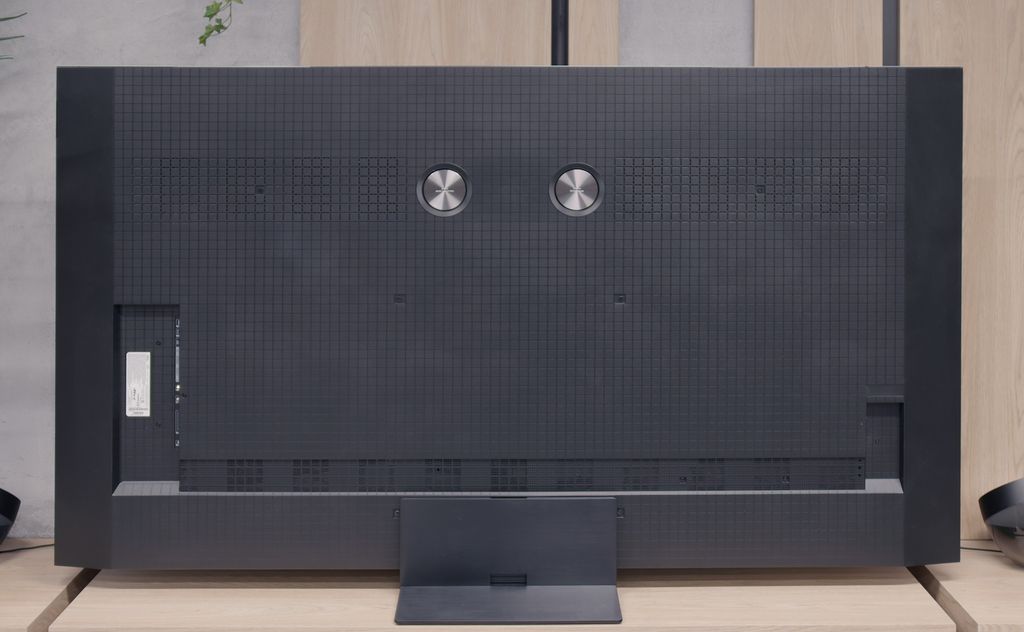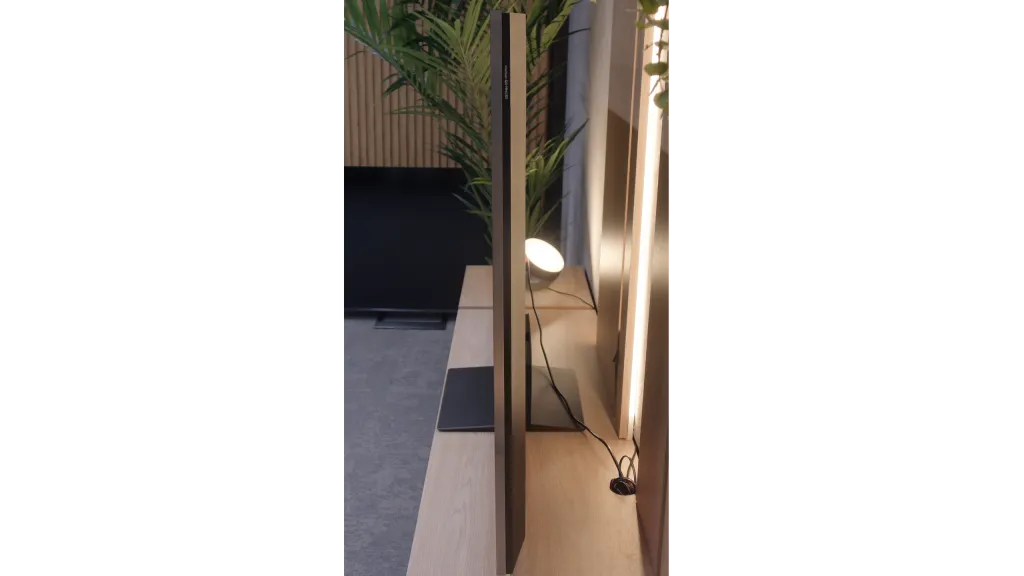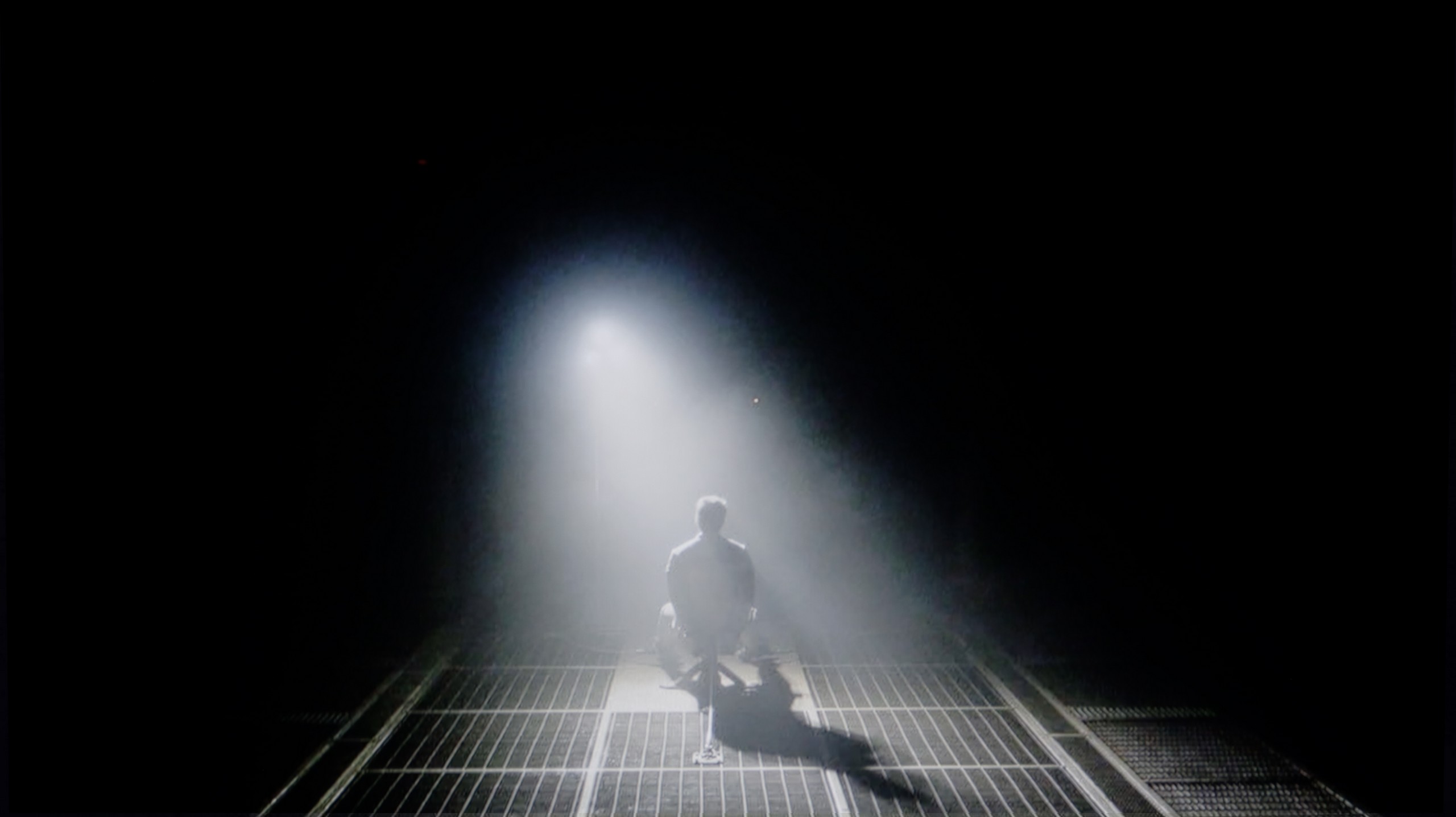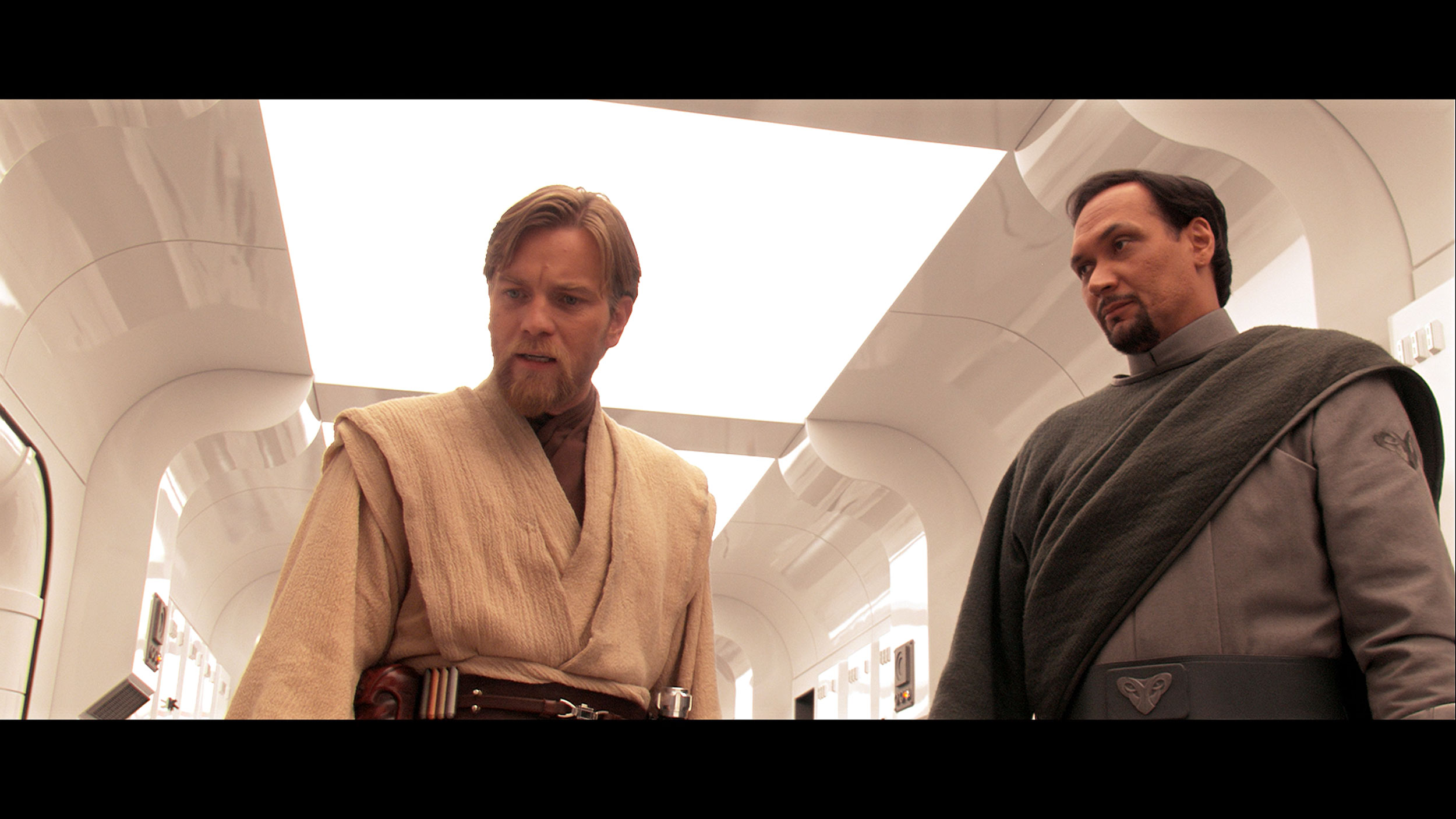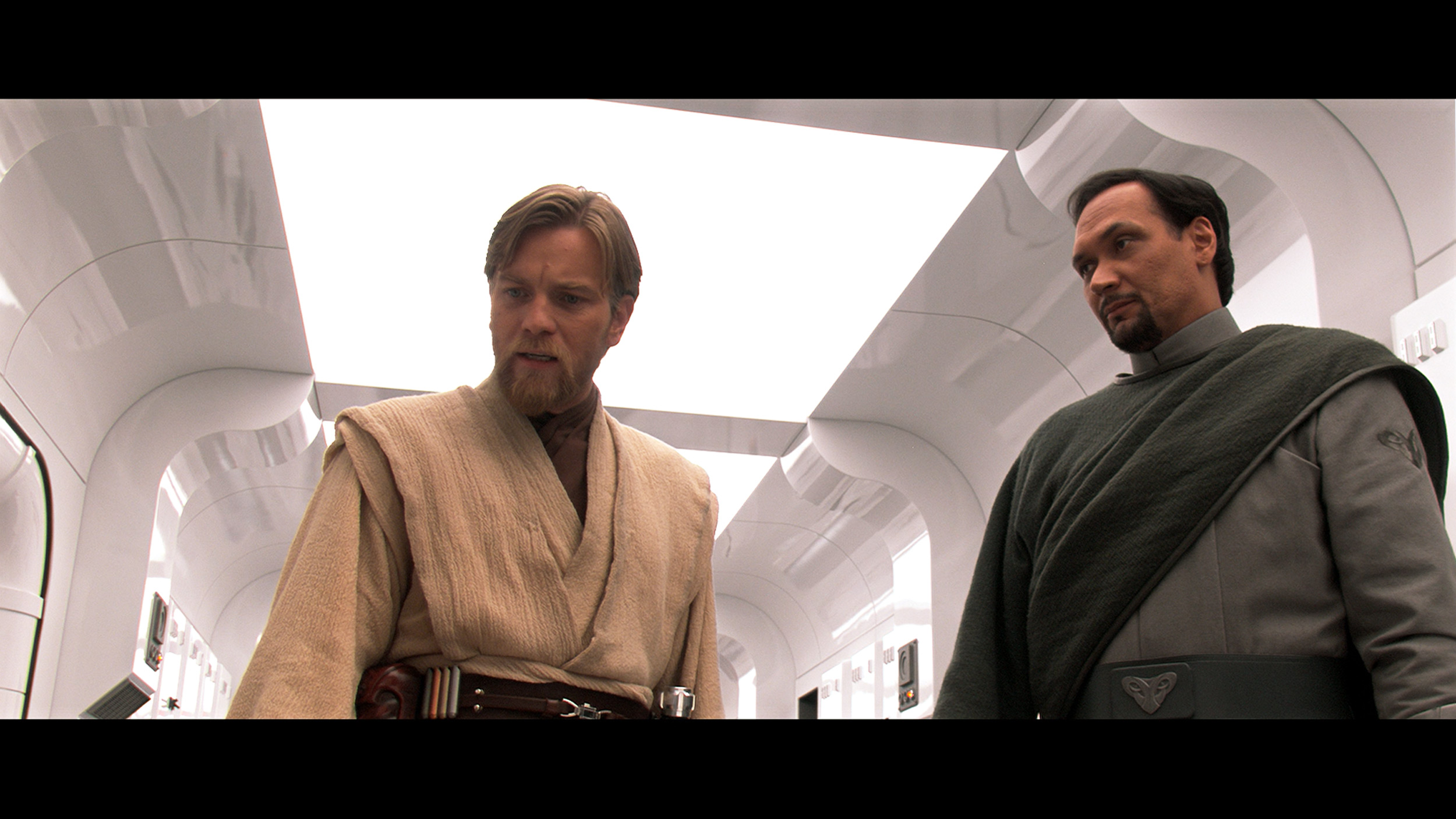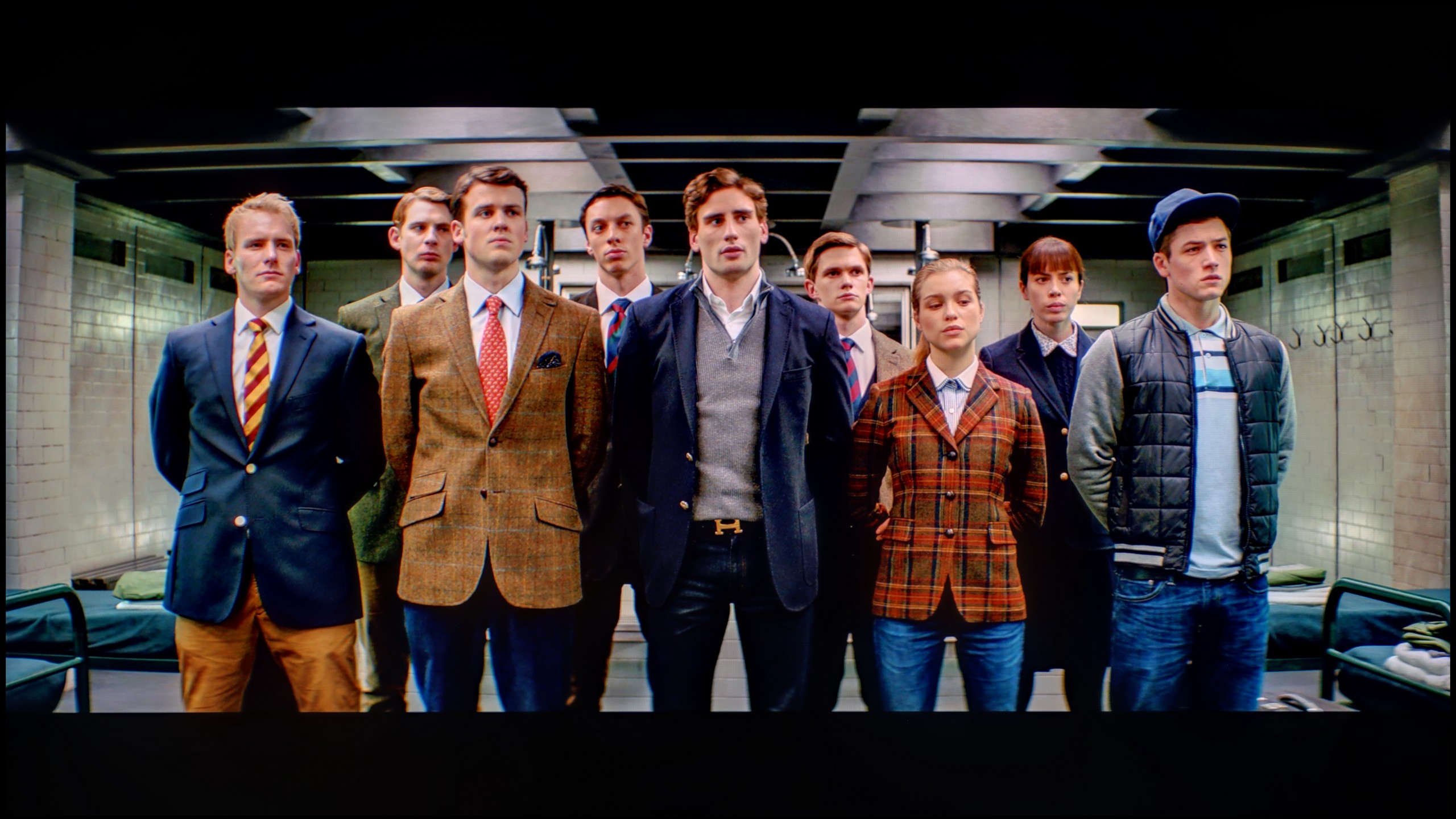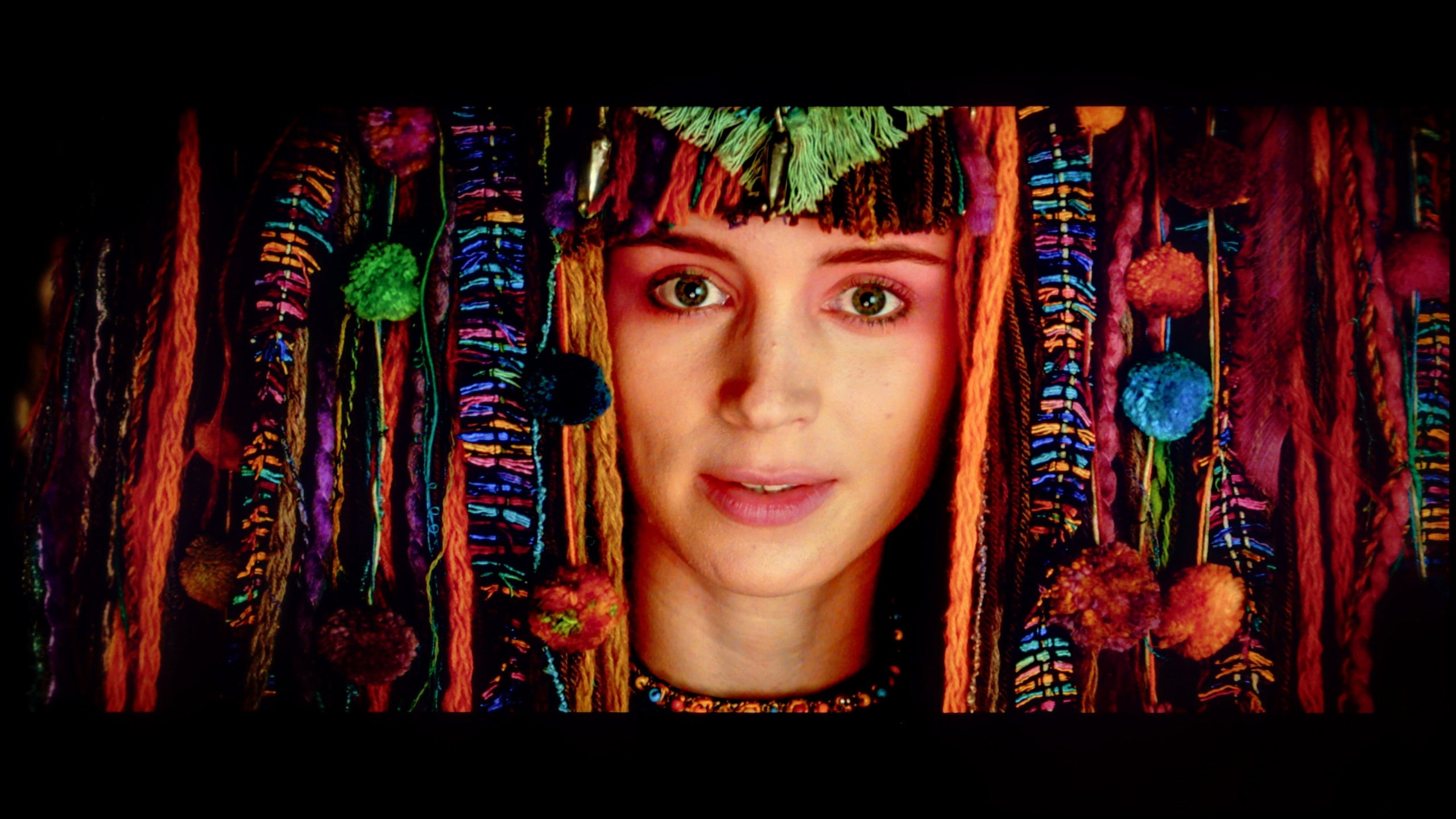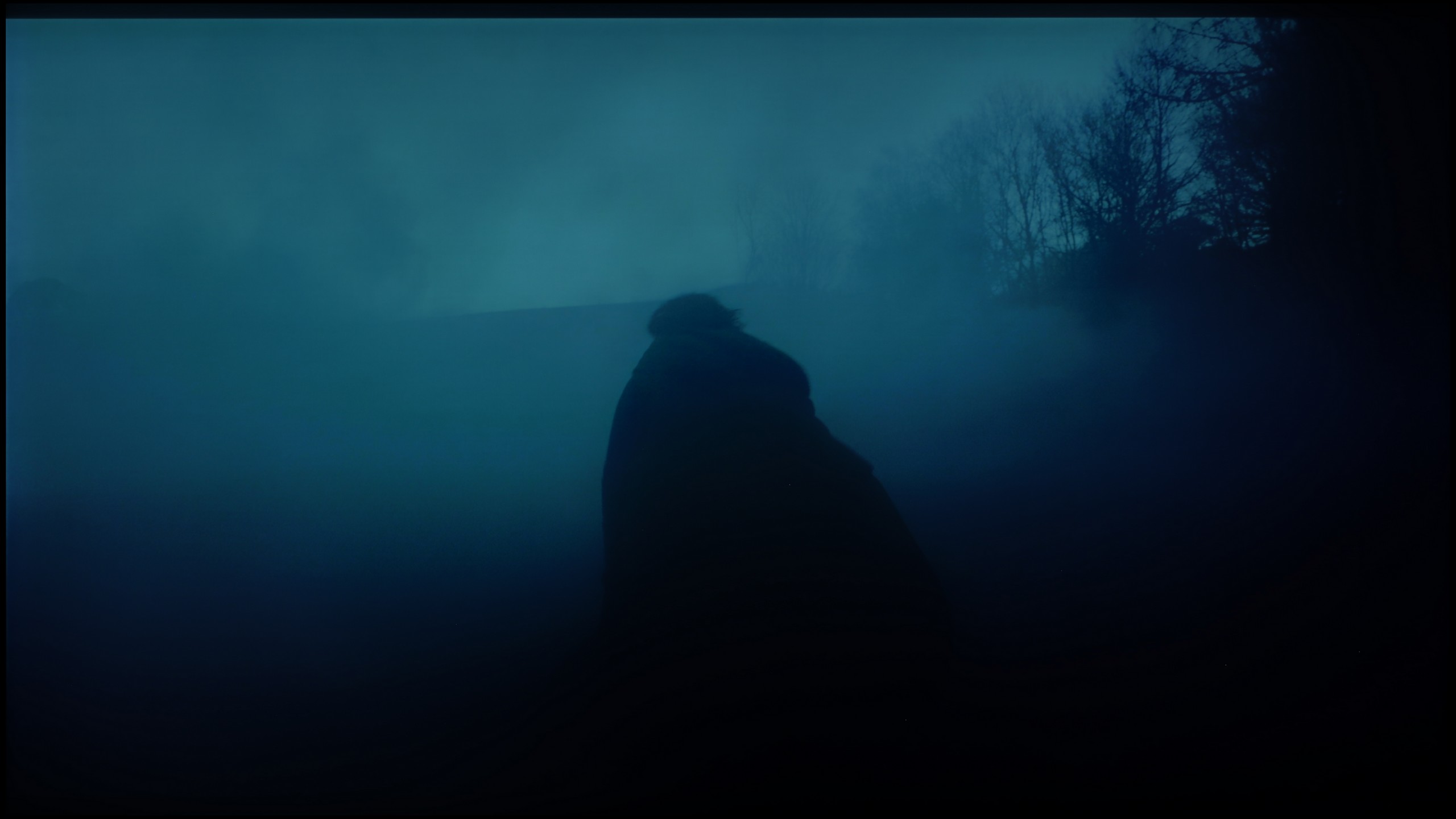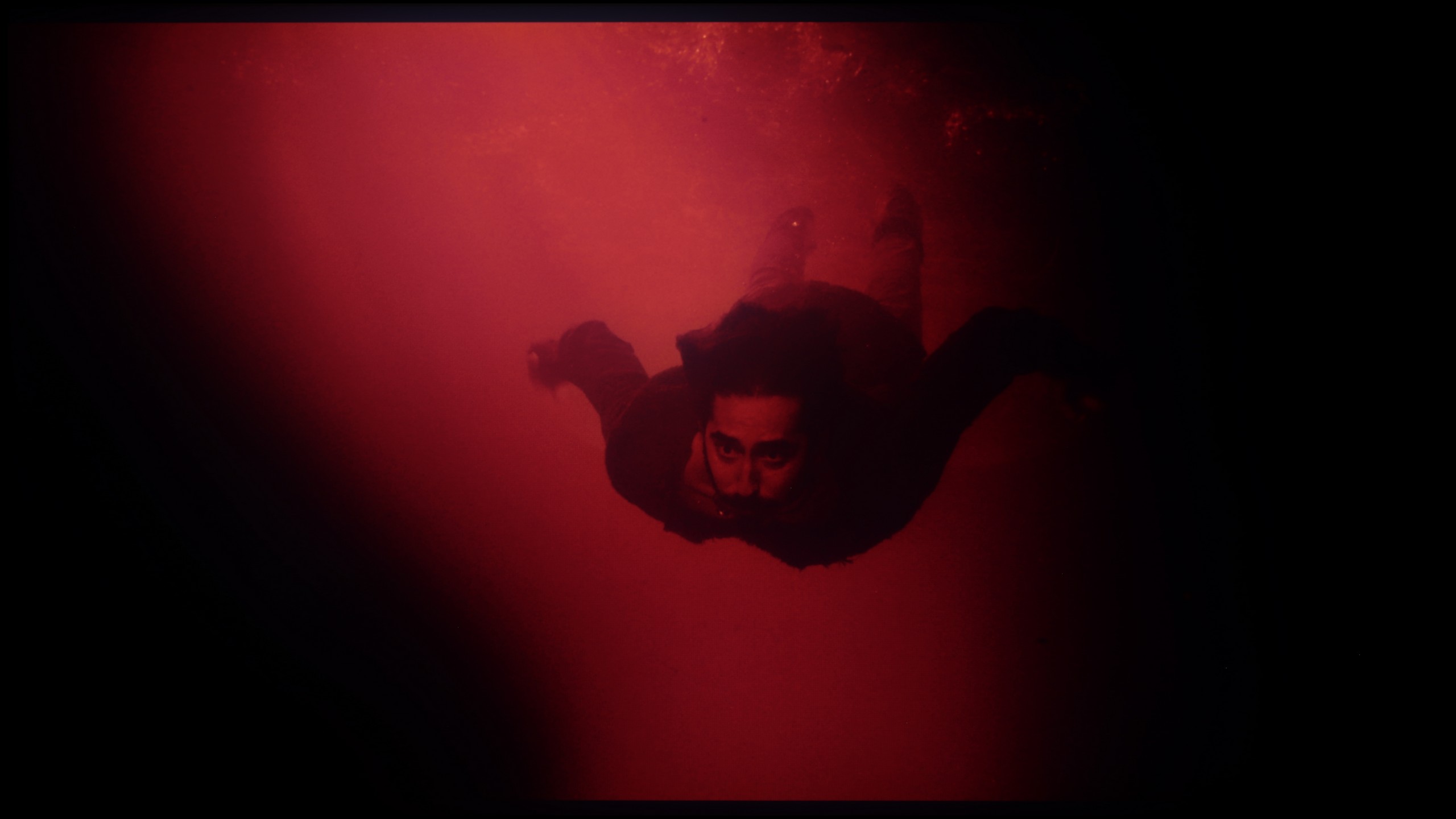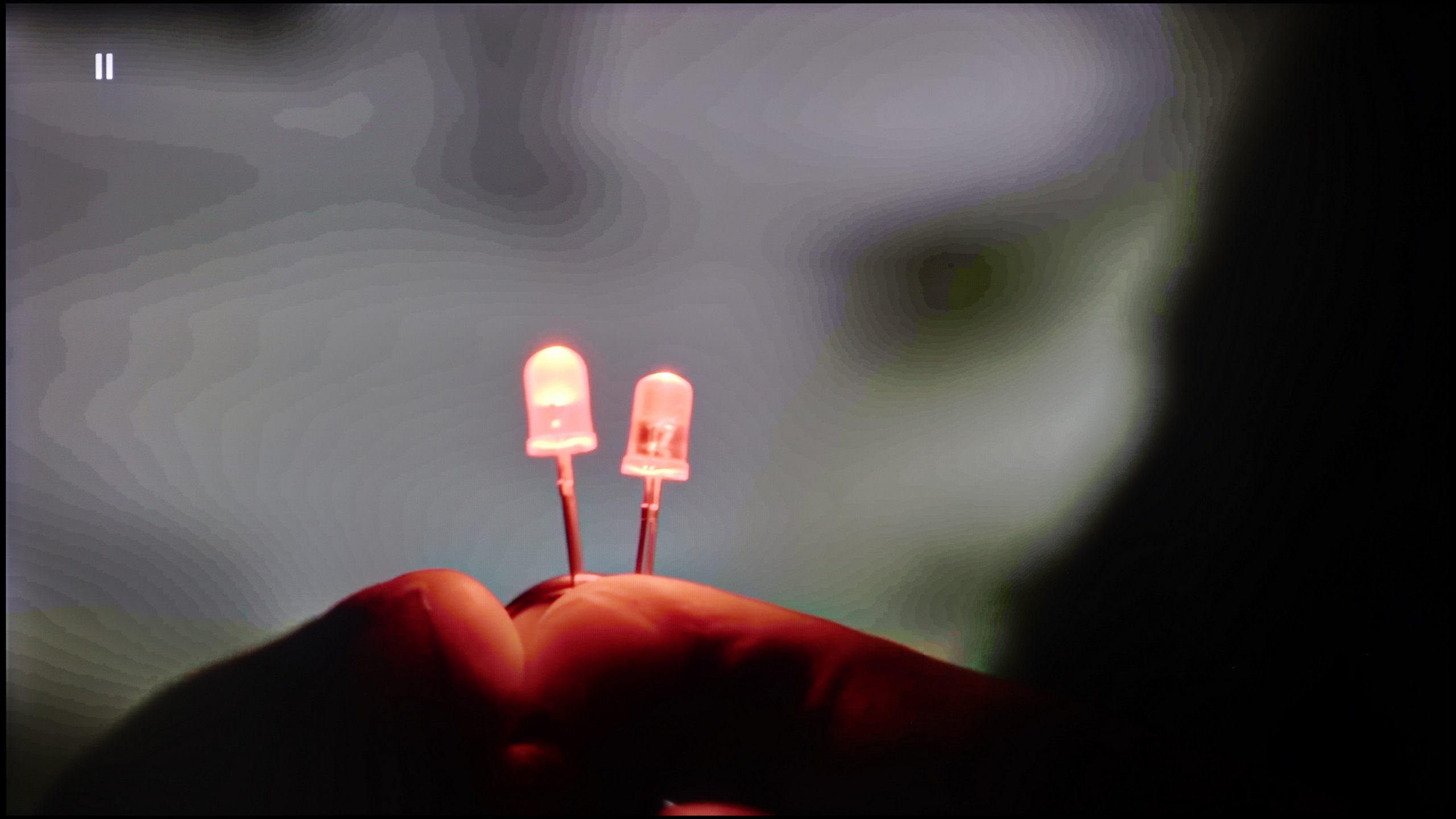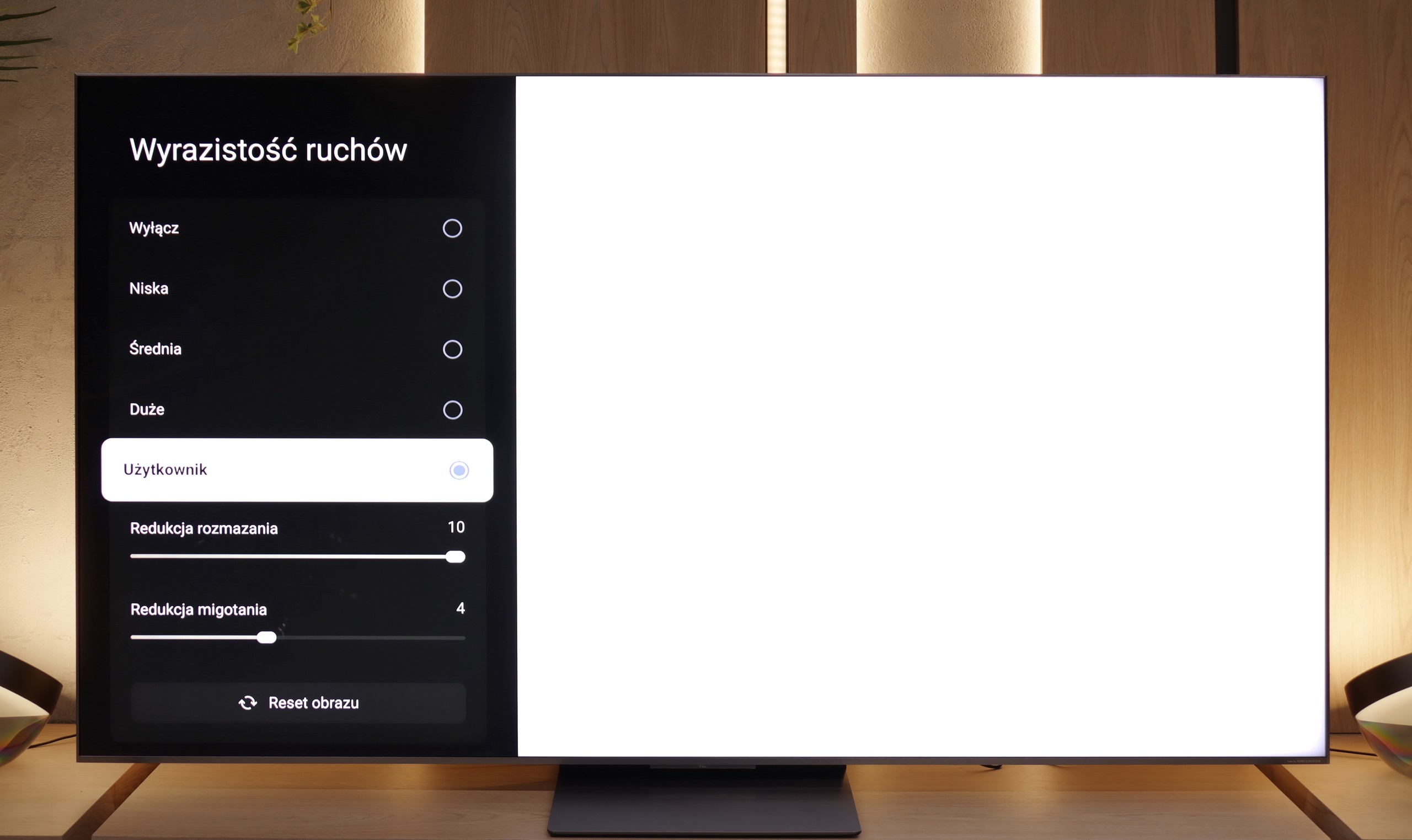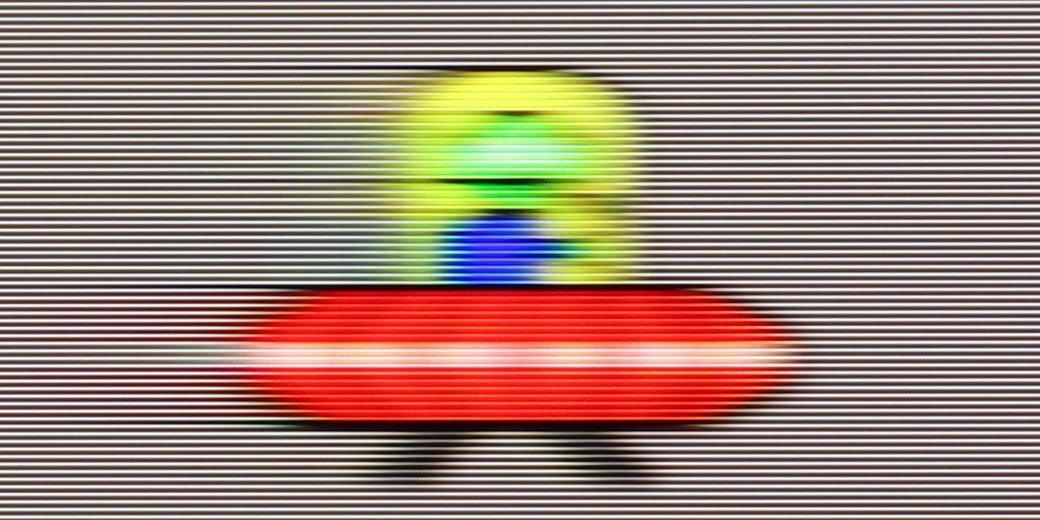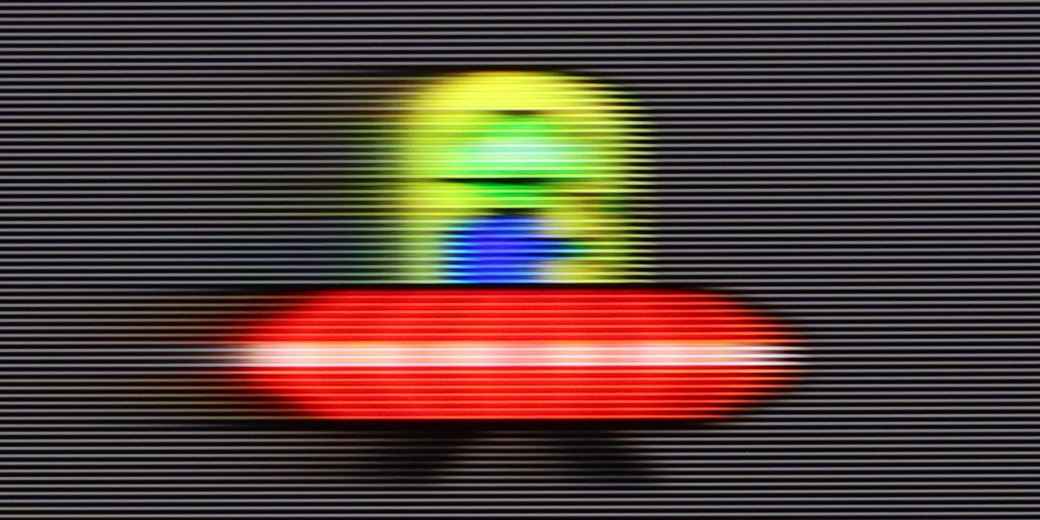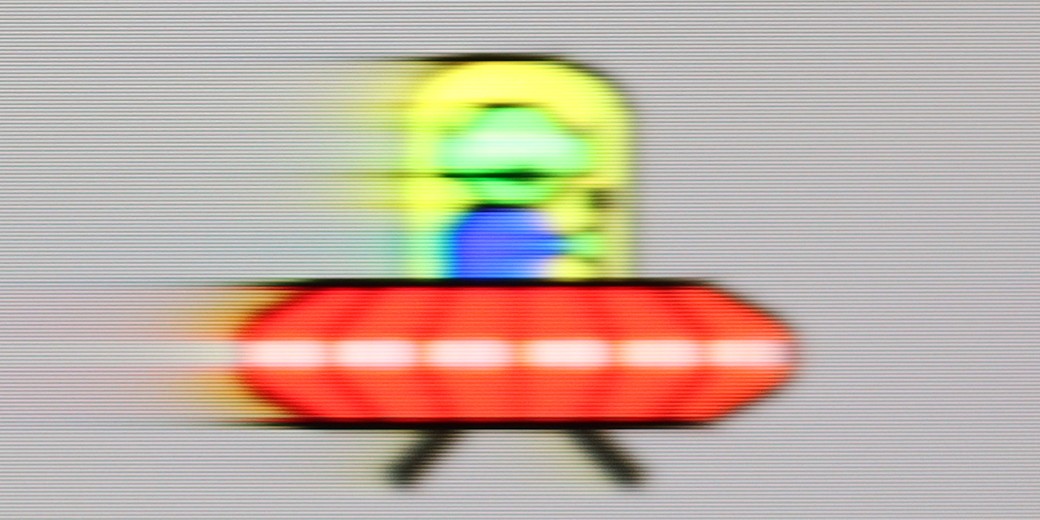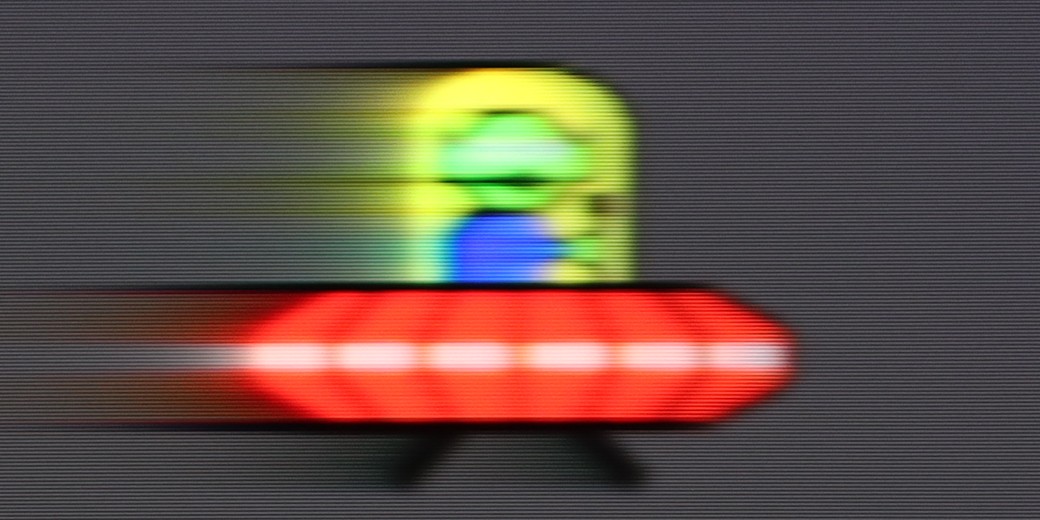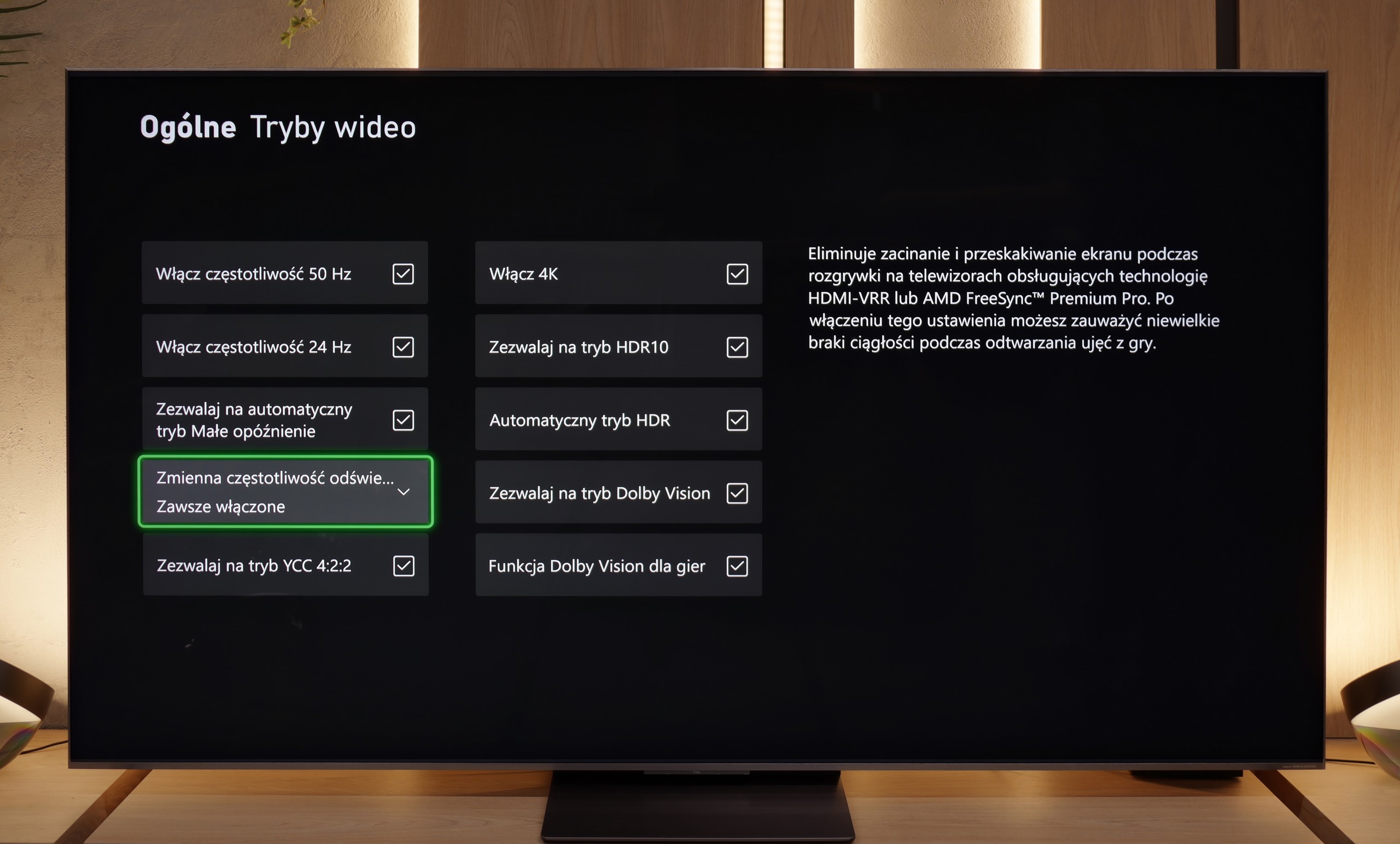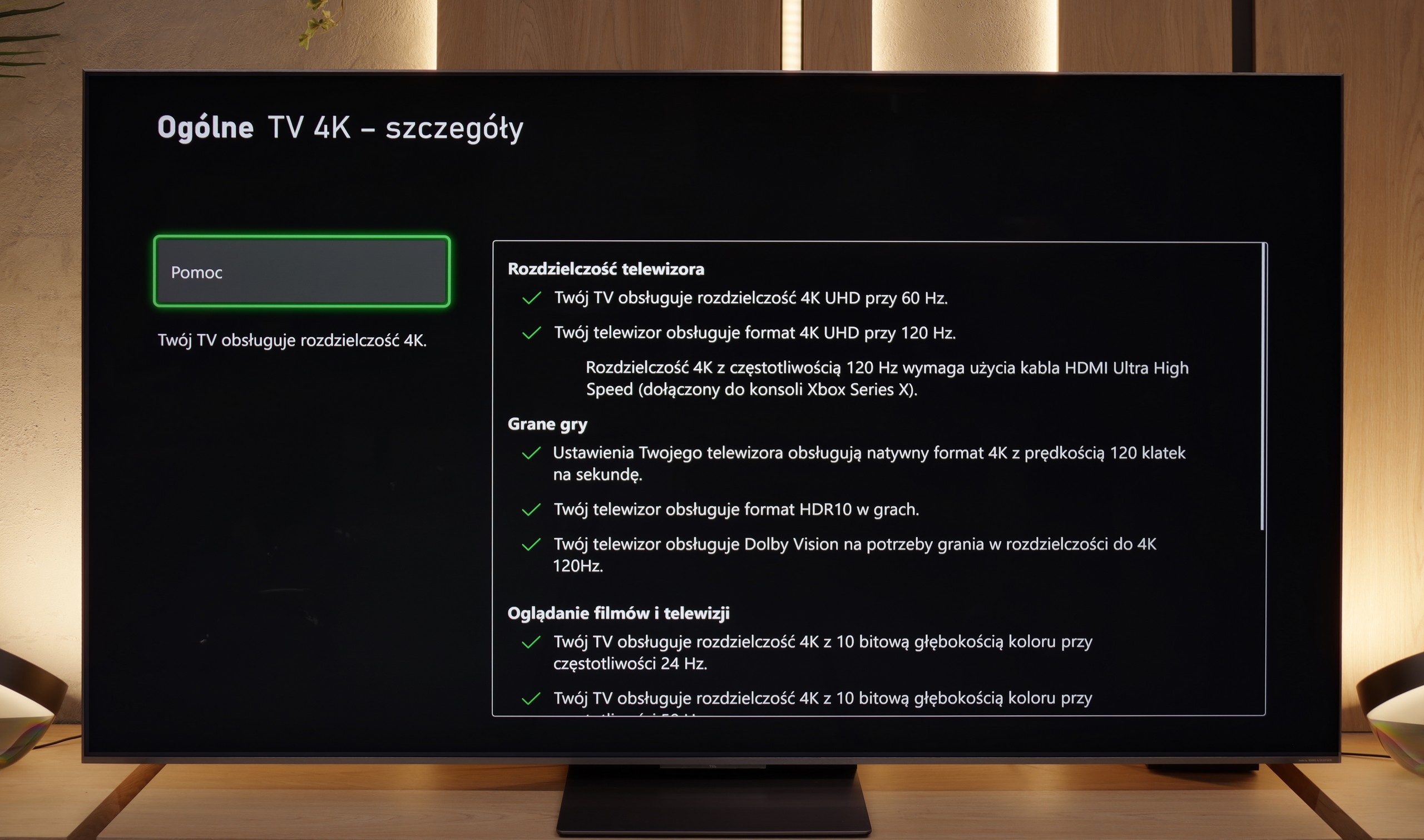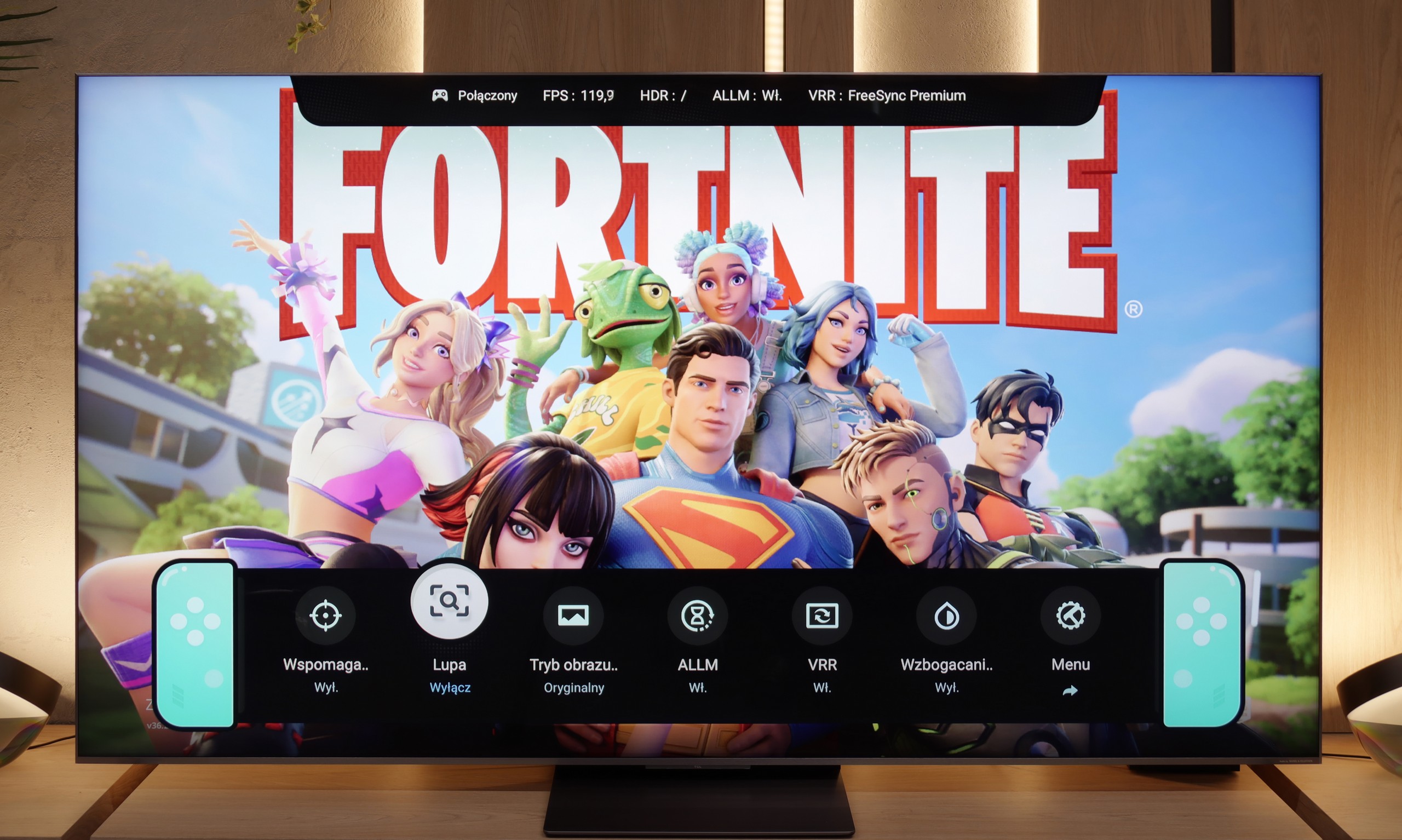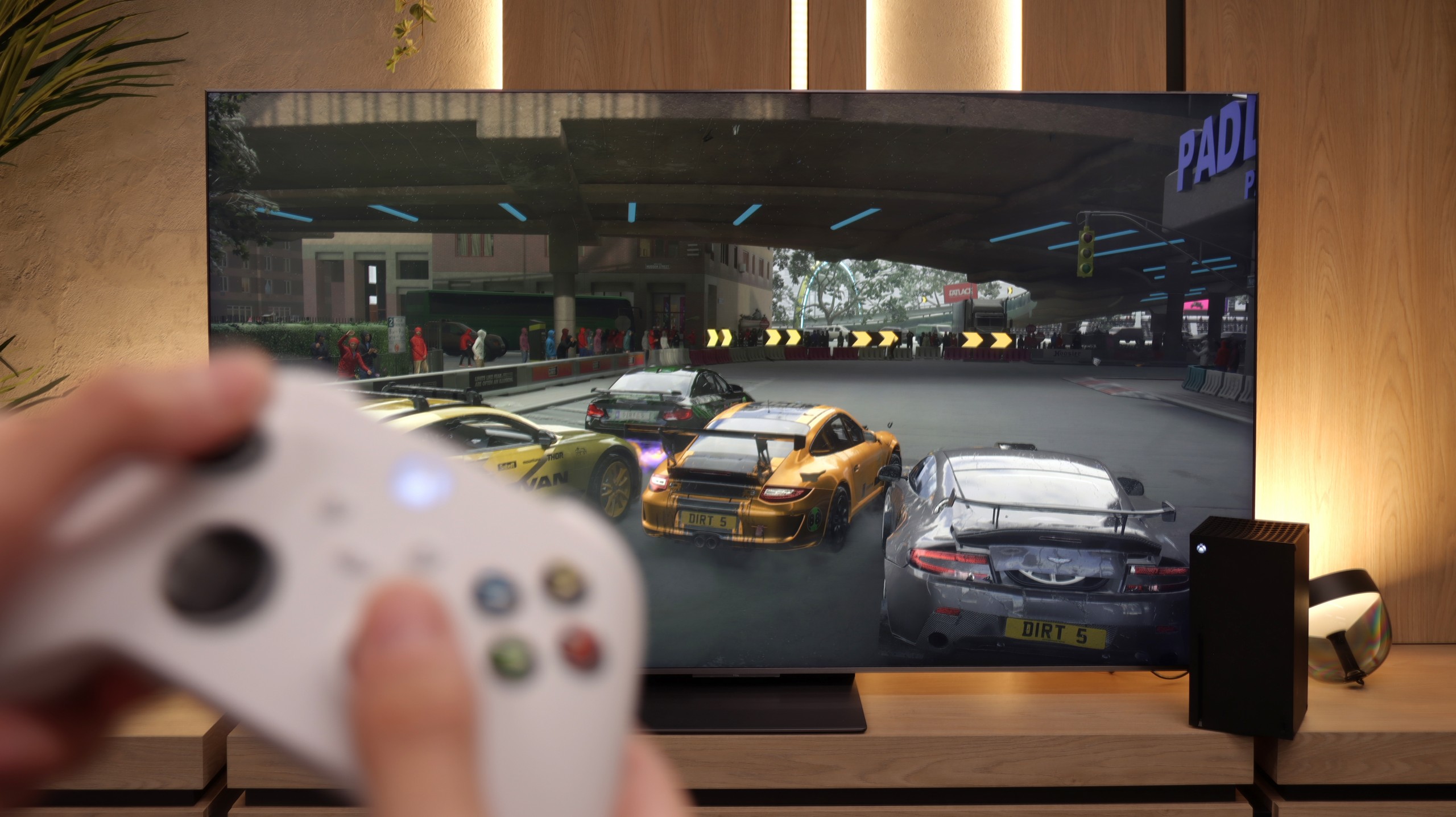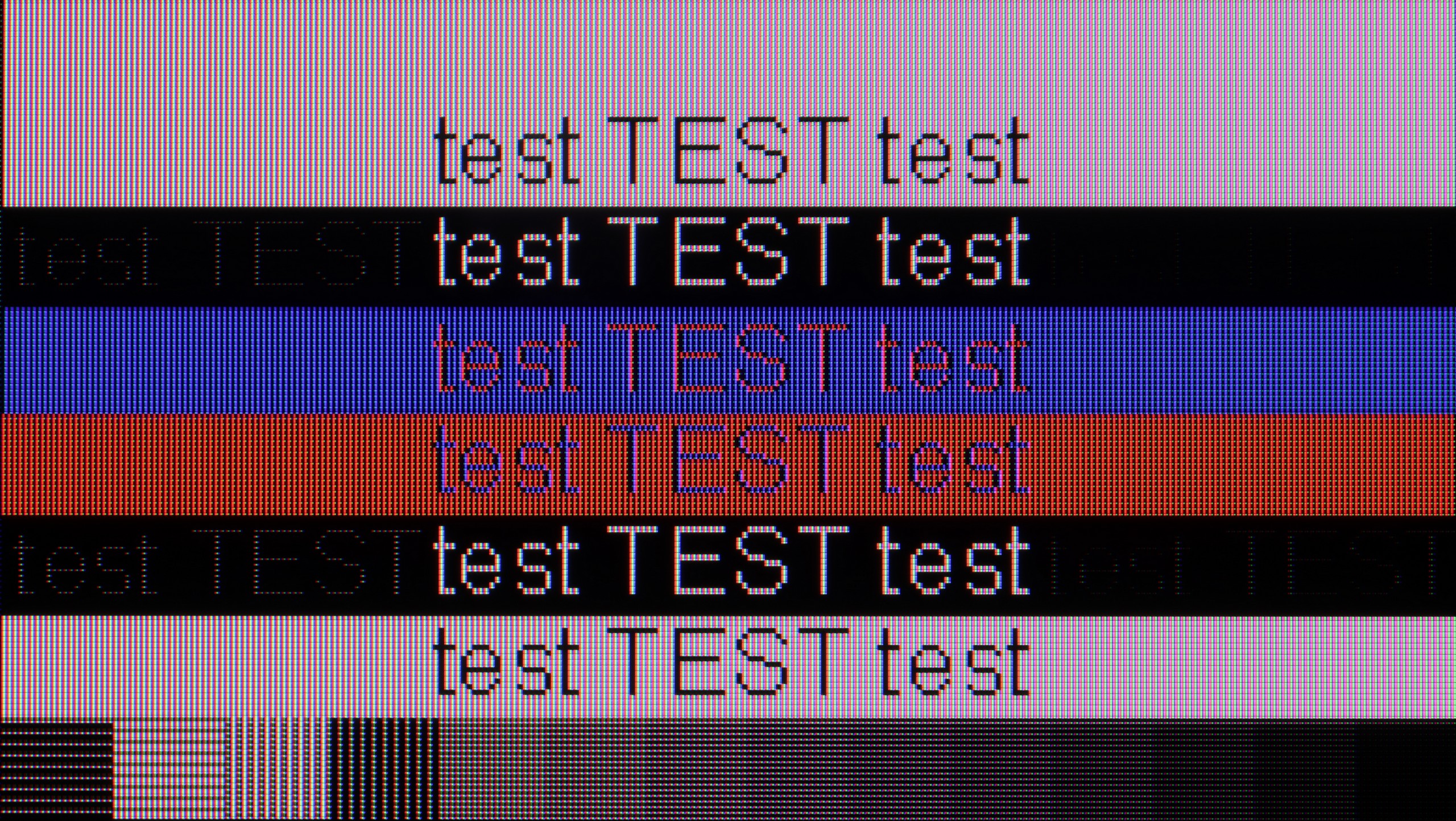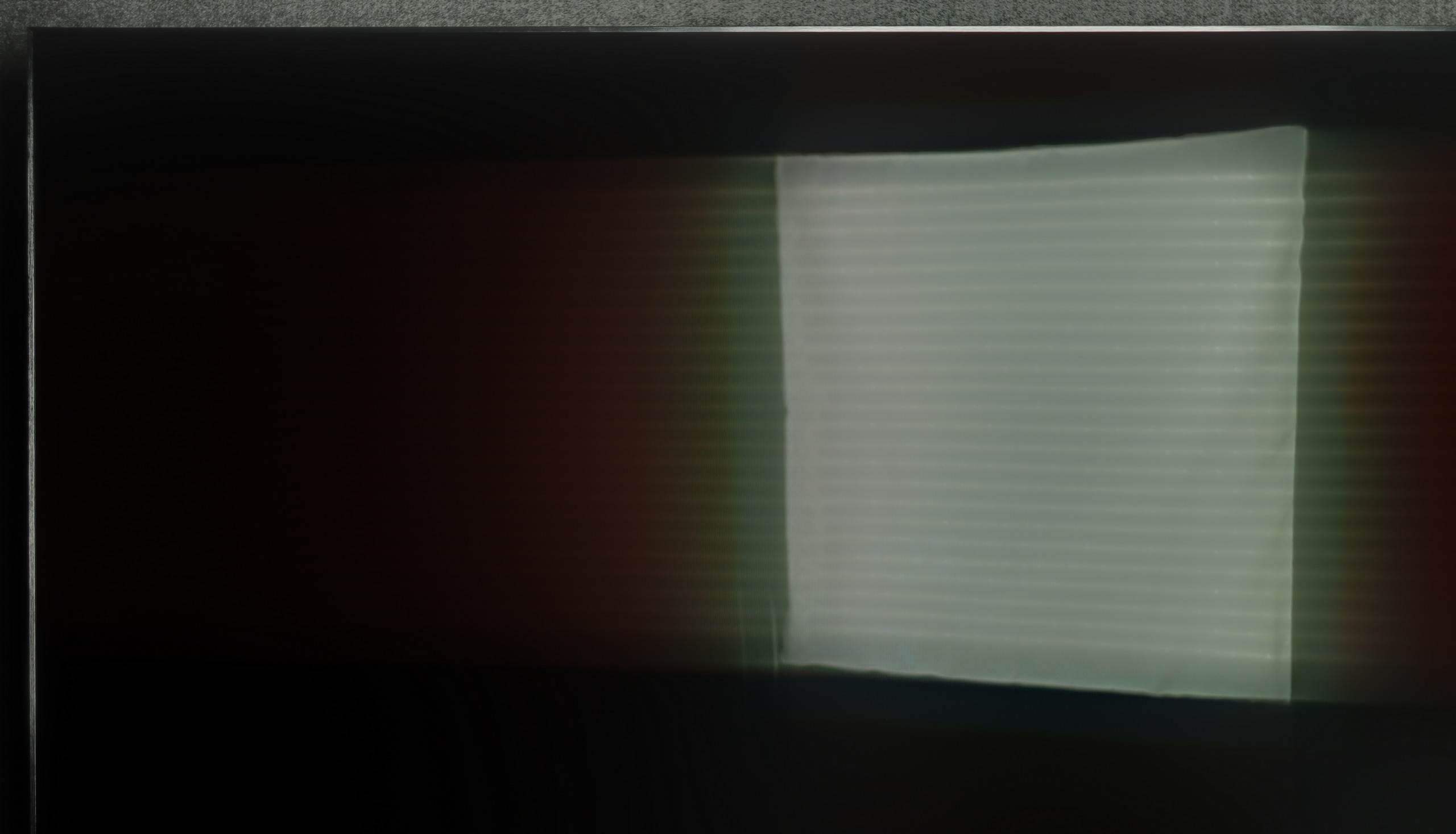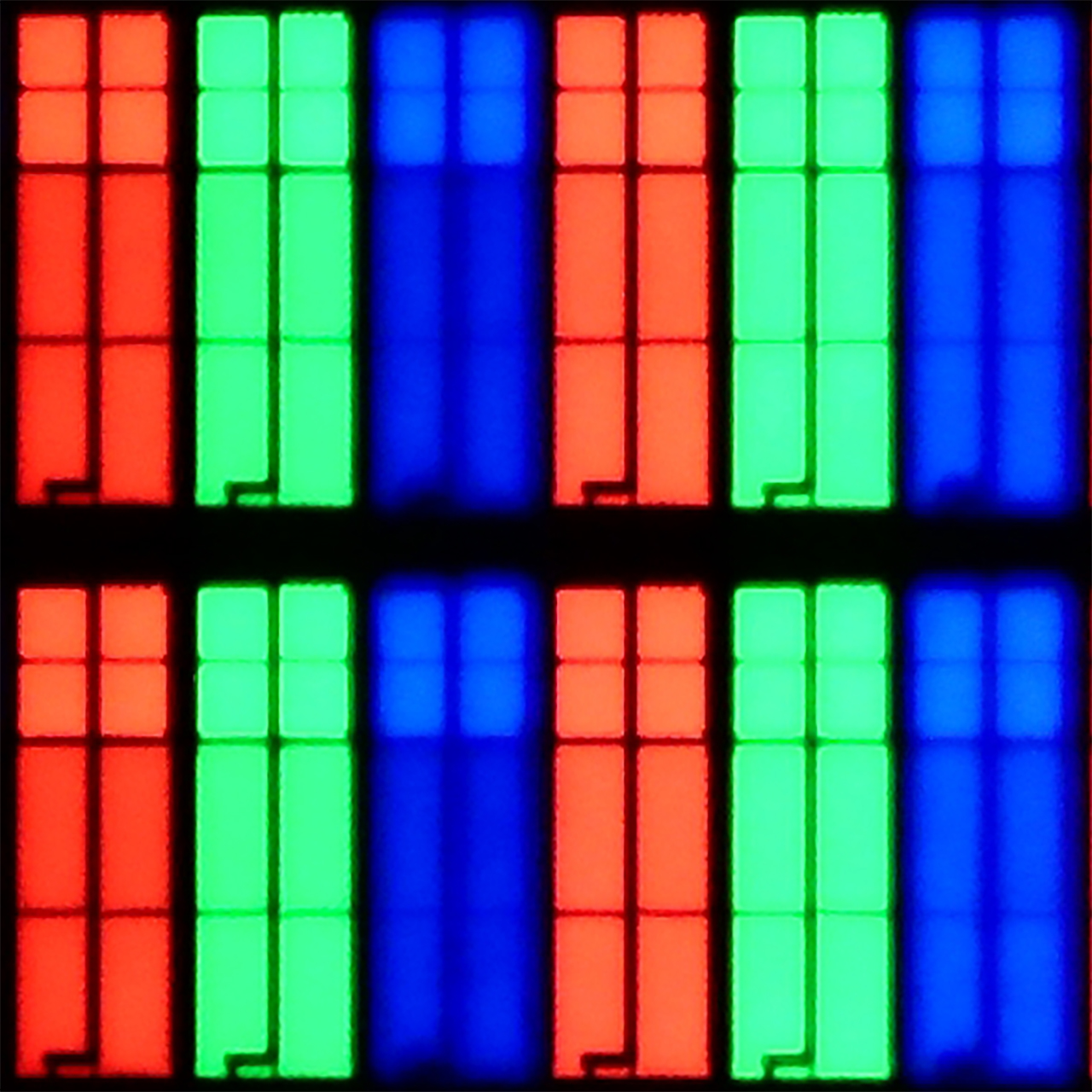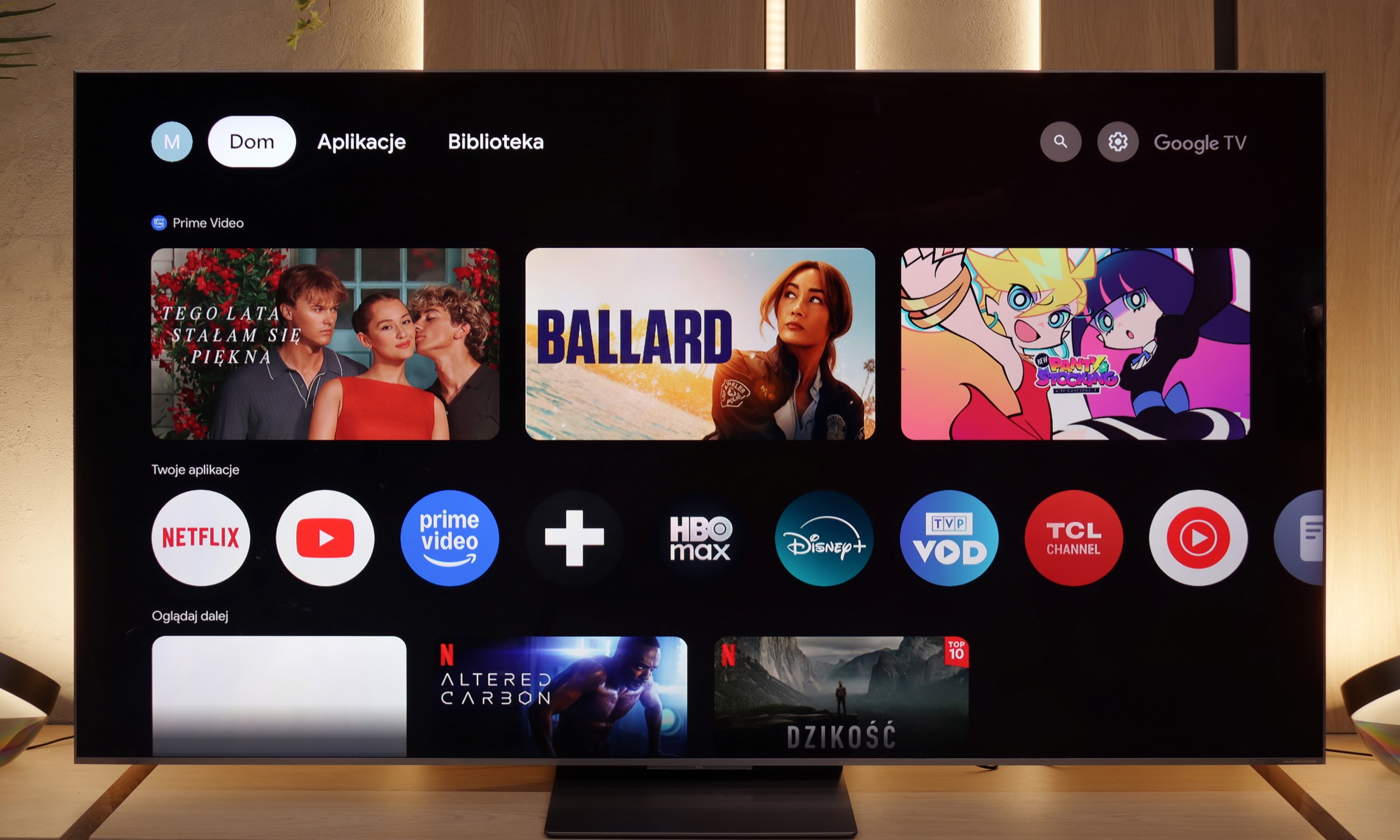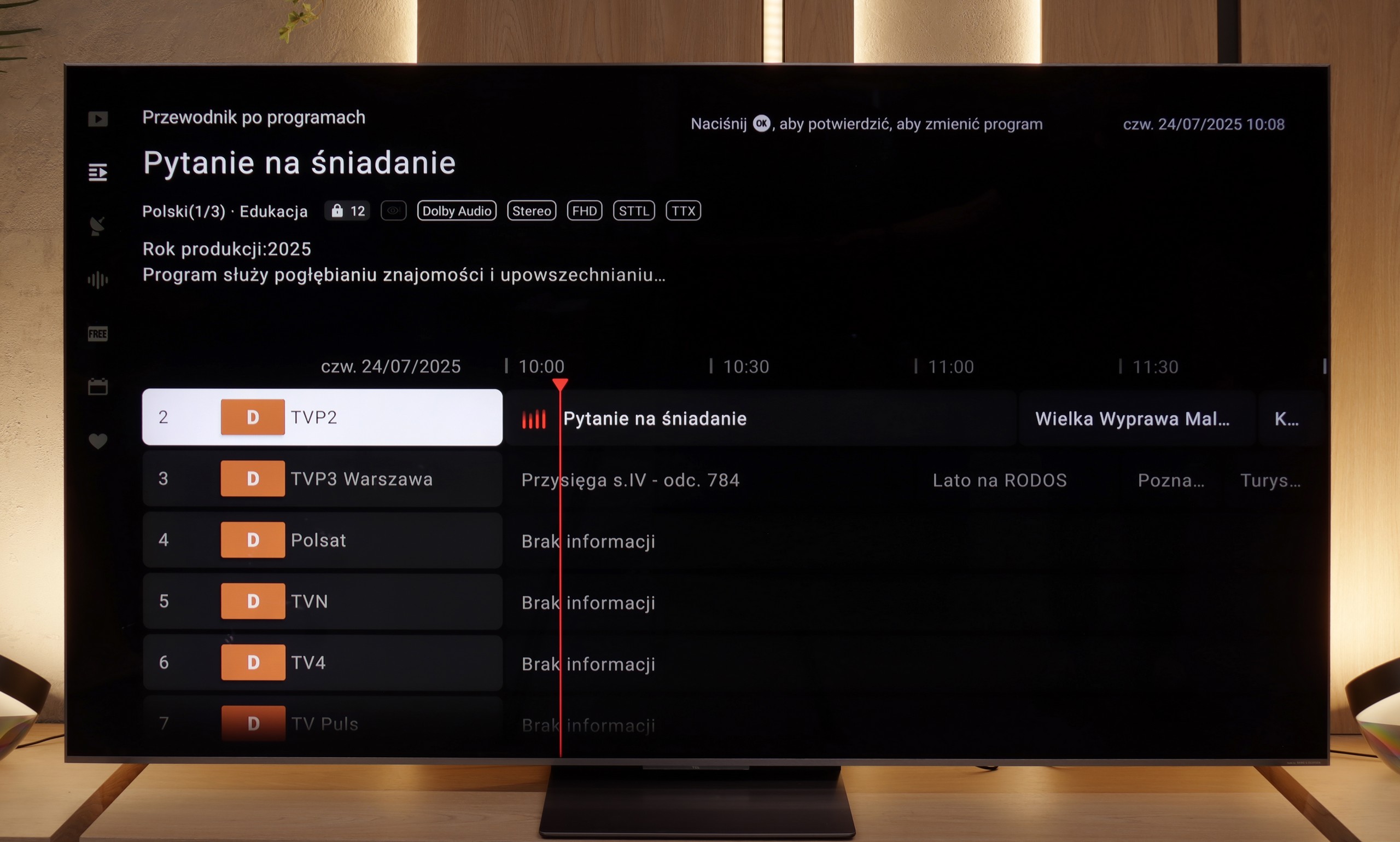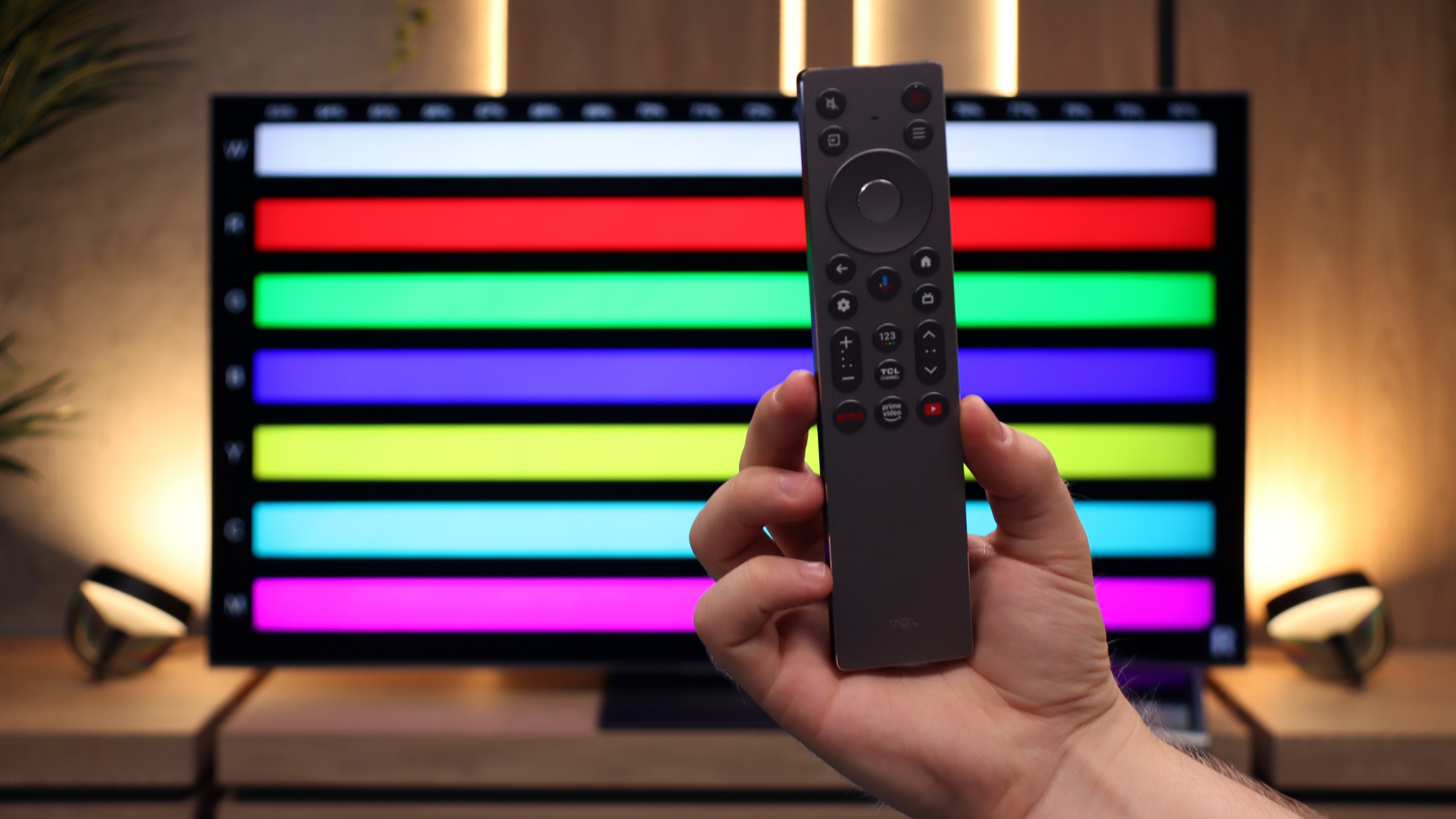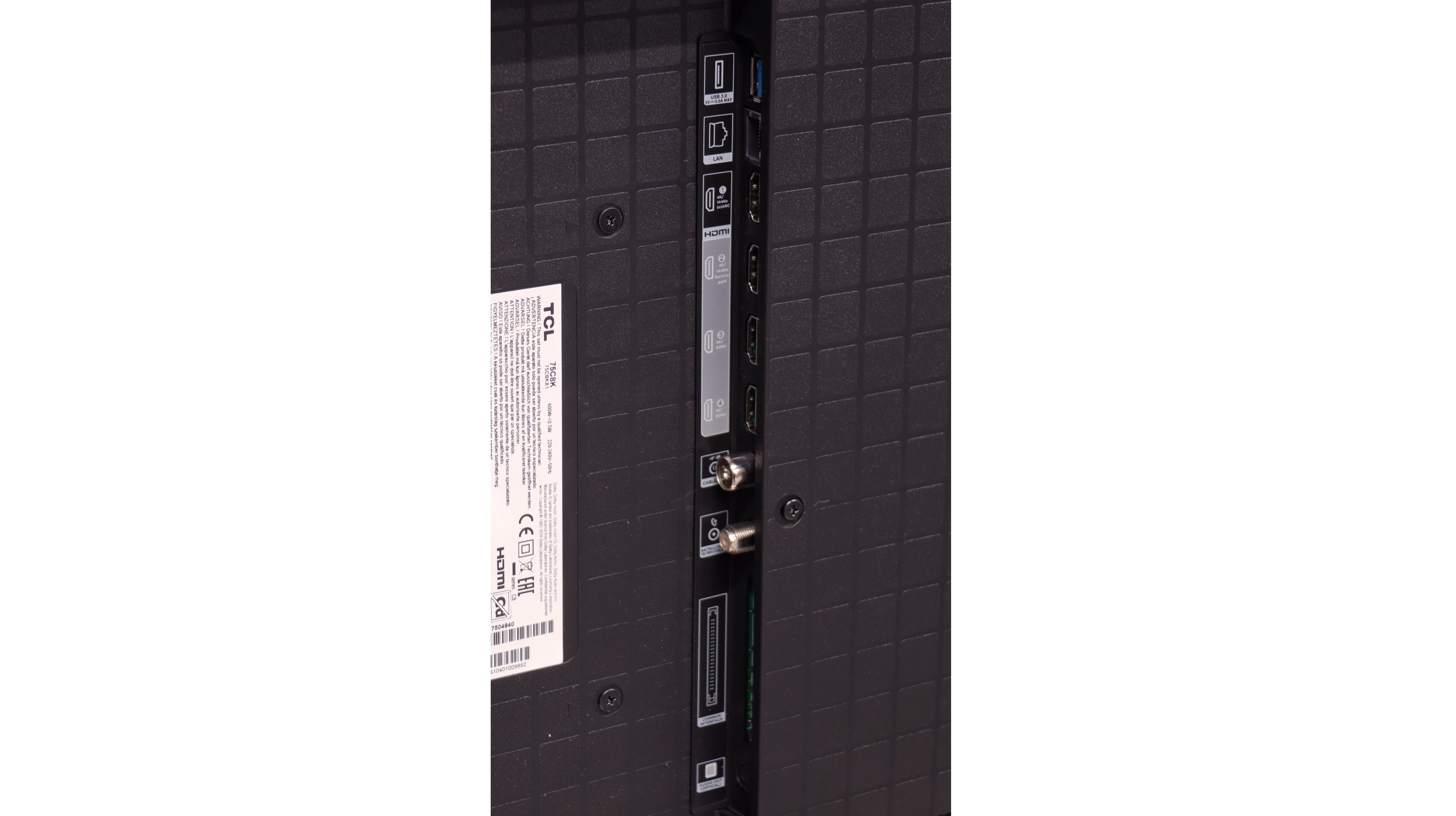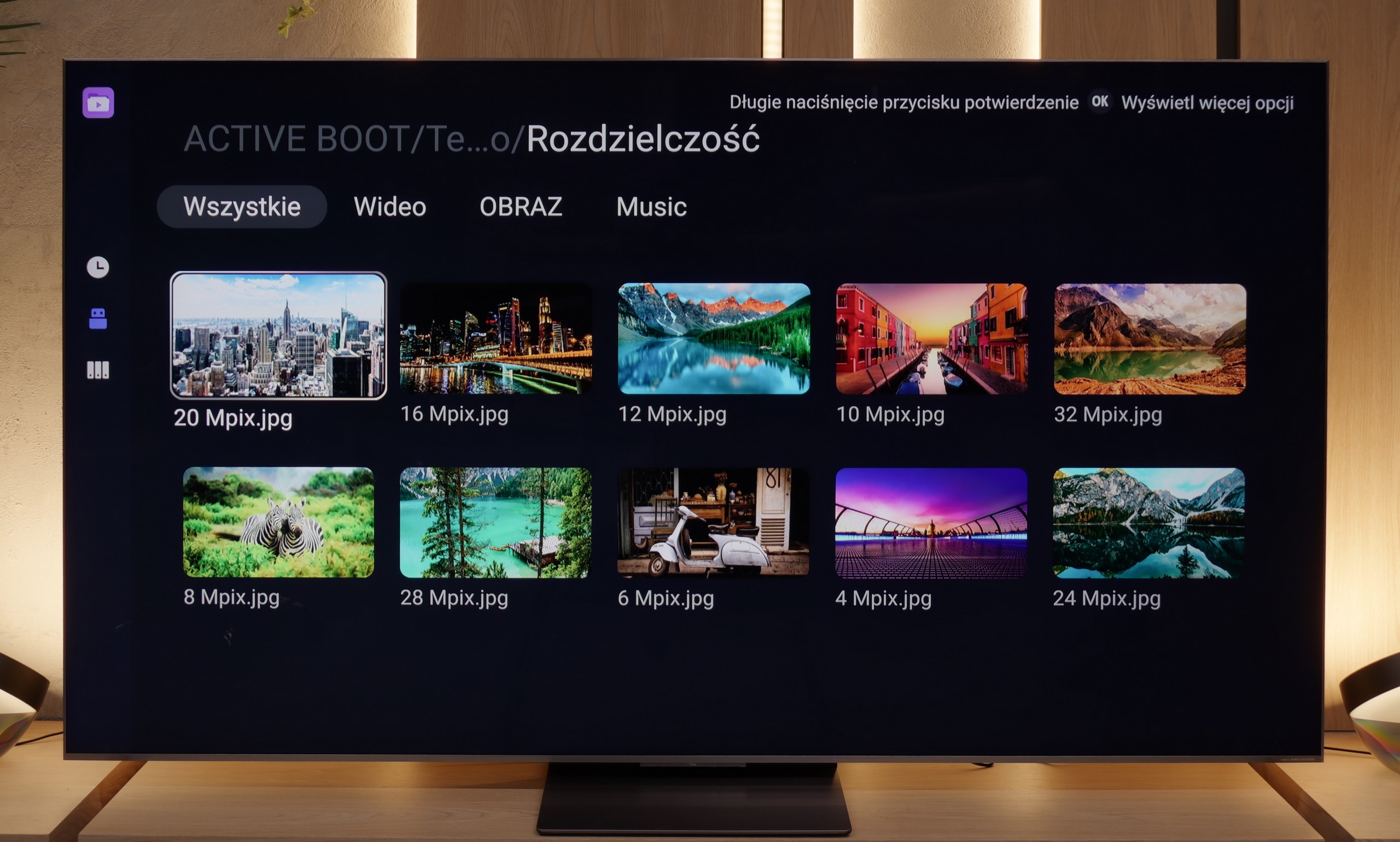TCL C8K is a really bright television. In synthetic conditions – that is, during tests with brightness charts – it was able to achieve even 3500 nits peak brightness in movie mode. That's an impressive result and brings the C8K close to the market leaders, at least when it comes to panel brightness. More importantly – these aren't just numbers on paper. In films with a lot of bright scenes, such as Life of Pi or The Meg, the brightness clearly exceeds 1000 nits, providing a true sense of HDR effect. The picture in those moments looks very dynamic, colors are saturated thanks to excellent coverage of the color palette, and the lights are – spot on and intense. Exactly how it should be.
However, this doesn’t mean that everything is perfect. Just like in contrast tests, here too, in more demanding scenes, compromises appear. In sequences with very fine light elements – such as stars in the night sky or reflections in dark rooms – the local dimming algorithm can… get confused. Instead of bringing those details up, the television sometimes decides to dim them significantly – down to around 300 nits – to maintain deep blacks. On one hand, this is quite a sensible approach (better deep black than a grey/navy blue screen), but on the other – there may be moments when certain elements of the picture become difficult to see or even disappear into darkness.
TEST UPDATE (20/08/2025): The brightness control algorithm in this model is quite problematic – attempting to calibrate the picture so that it doesn’t drastically overexpose the brightest scenes results in unnatural shifts: improvement in one part of the image results in deterioration in another. The television may achieve slightly higher readings in brightness measurements, but in practice, this comes with a heavily overexposed image that looks very unnatural!
For the record, we provide brightness values without this adjustment:
1463 nits
640 nits
1368 nits
468 nits
1025 nits
Looking at similar results in terms of black levels and contrast, we expected the same stable performance as last year's model when it comes to HDR content. Unfortunately – and this must be said plainly – there has been a regression here that is hard to miss. The paradox is that the peak brightness of the Bravia 5 can be impressive: in our synthetic tests, the TV reached around 1000 nits in HDR. Sounds great, right? The problem is that this power doesn't always have a real impact on all movie scenes. When small, pinpoint elements appear on the screen, something that in Sony's case was usually fine-tuned with surgical precision, this time it clearly falters. The algorithms try to maintain deep blacks around small objects, but the side effect is that details can be dimmed to the point of becoming barely visible. One only needs to bring up the example of the movie Sicario 2 – there, in some scenes, small light sources practically vanished as if someone had covered them with dark film.
Of course, not everything looks so dramatic. In simpler, brighter scenes, where the image is filled with more light, the Bravia 5 shows that it can shine: literally and figuratively. At those times, the TV achieves values in the range of 600–800 nits, which we saw both in synthetic tests and during movie screenings. The impression is really positive; the brightness adds dynamism, and the colours look vibrant and fresh. However, there remains a certain dissonance. We feel a slight confusion because it is evident that something has gone in the wrong direction. Technological progress – more zones, more backlight power – has not been supported by the kind of refined image management that we usually associate with Sony. Fortunately, there are elements that have not been compromised and are actually at a very high level. We are talking about colour reproduction. Thanks to the use of the PFS filter, the colour palette coverage is excellent – about 97% DCI-P3 and 75% BT.2020. These values allow for a truly wide colour reproduction, giving films a natural and cinematic character.
